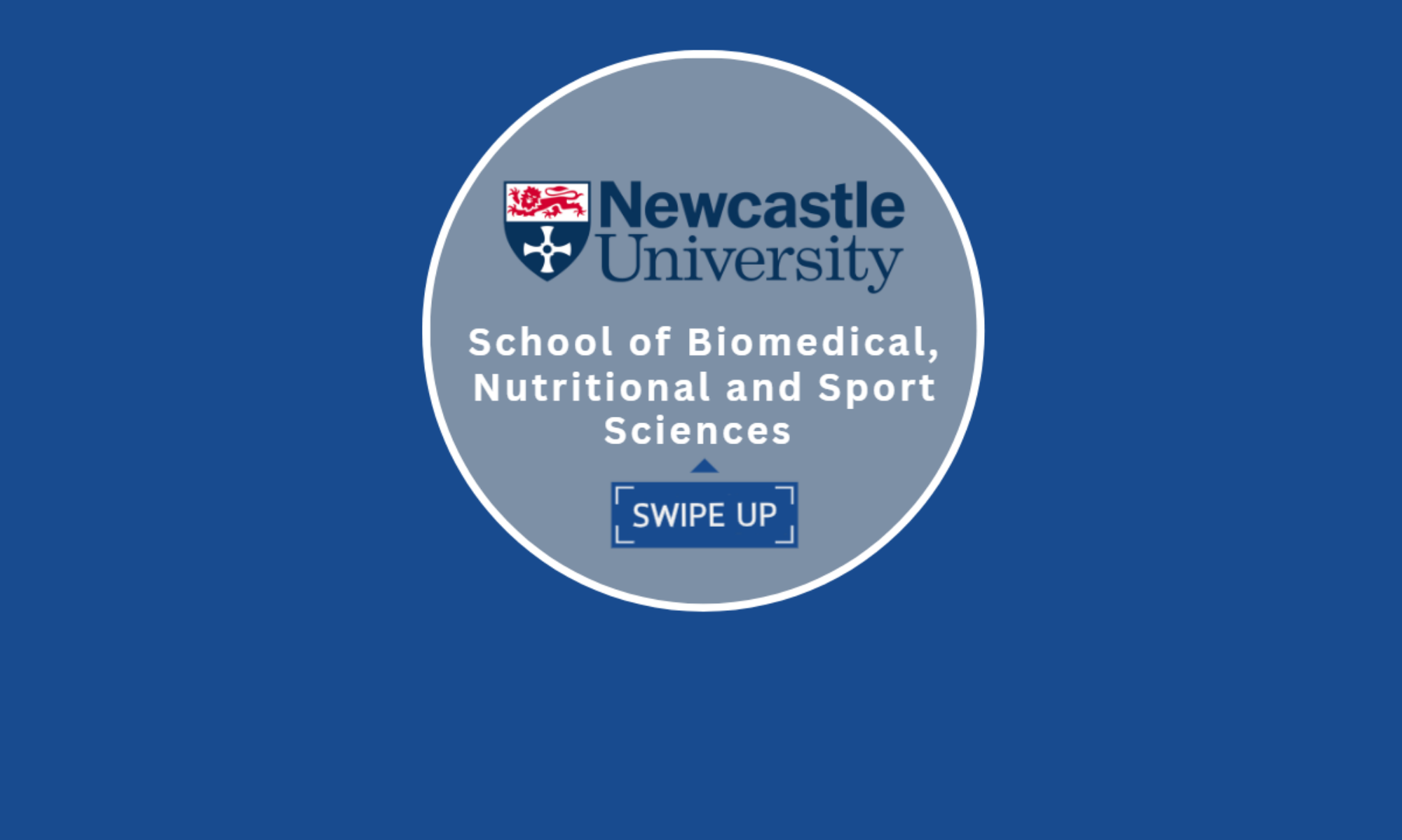By Liza Petrova, BSc (Hons) Biomedical Sciences
Hi everyone! In January I began working on my final year project. In this blog post we will peek into a real neuroscience laboratory, check out the quirky equipment inside and I will share some details about experiments I do every day.
A bit of background
My project is about alpha-synucleinopathies, which are conditions where a protein called alpha synuclein (ASYN) is mutated and forms toxic “clumps” in the brain. Examples of alpha-synucleinopathies are Parkinson’s disease and dementia with Lewy bodies.

With my project colleague Dan Whitaker, we are looking into the brain of mice – both normal and mutant, producing human mutant ASYN – to compare the changes in some of the cell populations. I’m focusing on the specific brain cells, microglia and astrocytes. I am investigating if these cells express ASYN, change their appearance, vary in number, and how they are distributed.
Why are there paintbrushes in the lab?
Every morning I find my way through the maze of corridors of the Neuroscience department to the lab. It’s a small room, full of tables and shelves that are loaded with containers, beakers, flasks, pipettes and other laboratory reagents/equipment.

There is even a fridge and a microwave – but don’t put your lunch in! The fridge is stuffed with various heat-sensitive chemicals, solutions, and – yikes! – bits and pieces of animal brain and spinal cord tissue. The microwave is used to heat these samples up, essential for some experiments. Another surprising discovery for me was that the lab is full of… paintbrushes. But why? Well, because these brushes are used to transfer the brain samples (I will come back to this topic later).
What brain are we slicing today?
We store our brain samples in the fridge and when needed, we cut them into sections using a microtome. The brain is frozen and fixed on a mobile stage which is then pushed towards an incredibly sharp blade that produces thin and flaky sections. Freezing of the sample is essential otherwise it’s easy to damage the soft brain tissue. A potential issue is that the cells may rupture after the brain has been frozen and thawed. To prevent this, the brain must be placed into a special solution overnight – that’s why it’s important to decide in advance which brain to section – from an old or young mouse? Mutant or normal?
Check out this video to see how the microtome works!


Once the section is made it’s transferred into the microtiter plate and checked on a microscope.
Finding the cells
Once we get our sections, we can proceed to our experiments. Time to pull the nitrile gloves on!
I mainly use immunohistochemistry – a technique that involves use of antibodies – proteins, which are naturally produced in mammals that can recognize and bind a specific target.
The primary antibodies that I use are made against ASYN, microglia and astrocytes; this means, that these antibodies attach to proteins on the respective cells. I usually do double labelling where I stain against ASYN alongside with either microglia or astrocytes. Antibodies are quite expensive – 100 µl can easily cost over £200! – so I need to be sure to plan my experiments carefully.
They glow in the dark!
After the samples have been incubated in primary antibody solutions overnight, we wash off the excess antibodies. To visualise the primary antibodies, we bind with secondary antibodies that carry a fluorescent tag. This allows the binding signal to be amplified and easier to see. Basically, under the microscope, labelled cells and areas with ASYN glow in the dark!

Challenge your patience
Once the treatment with antibodies is complete, we need to transfer our samples onto the microscope slide for visualisation. Here comes the tricky part: how to pick up and unfold the the incredibly thin and fragile sections without damaging them?
This requires a lot of patience as you can see from this video of me trying to unfold one of the sections. Perhaps, this part of preparing the slide is the most exhausting.
Imagine trying to lift a tiny piece of tissue paper with a paint brush out of a water-filled bottlecap and place it flat on a plate, without any fold-overs! The sections are easy to tear, I completely messed up my first few (but I improved!). Some people, like me, use painting brushes, while others prefer pipettes.

The samples must be completely dry before being “mounted” – covered with a glass slip. Mounting is also a challenge: placing a very thin glass rectangle right over the sections and securing it in place without any bubbles hiding underneath – these can cover the areas of interest and ruin the image!
Finally, after all the staining, washing, drying and mounting, the slide is ready for viewing under a microscope!
When the samples were illuminated with light of different wavelengths ASYN appeared red, while the cells appeared green. I took multiwavelength images, where both red and green staining were combined.

Qualitative observations and image quantification showed some remarkable changes in both astrocytes and microglia. However, neither of these cell types were found to take up ASYN.
My overall experience of working in a lab was positive and enjoyable. After the first couple of days of adjusting to the new environment and experimenting, I was excited to see the outcome under the microscope and to observe the interesting patterns and trends in my samples. It isn’t easy, but it is very rewarding and you learn so much!
Find out more about Parkinson’s disease and about what else you can study on our Biomedical Sciences Degree here at Newcastle University.
